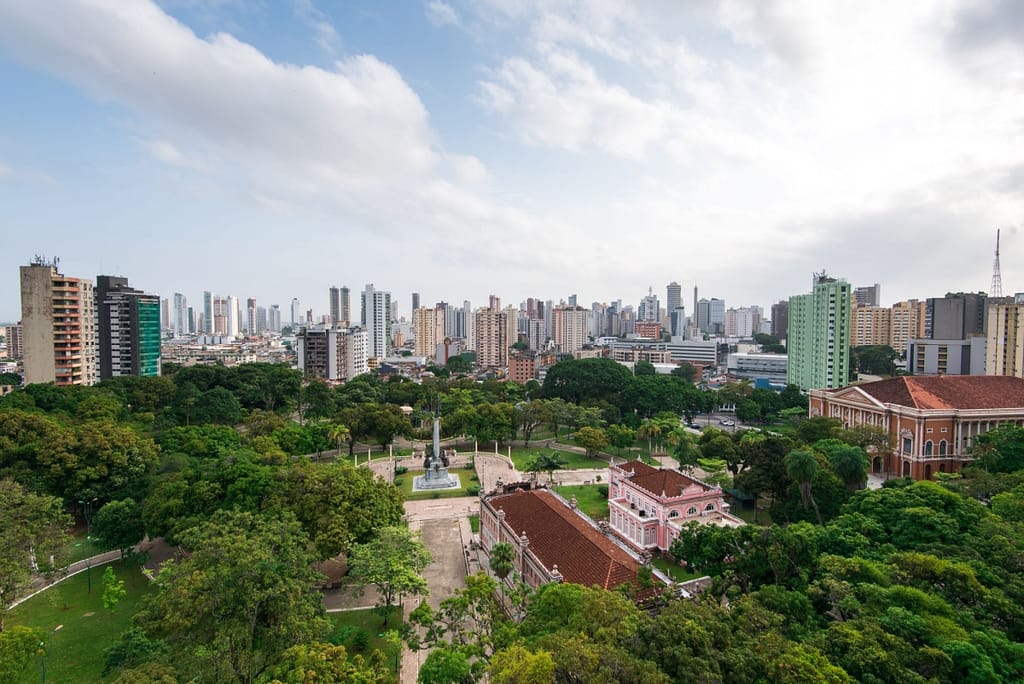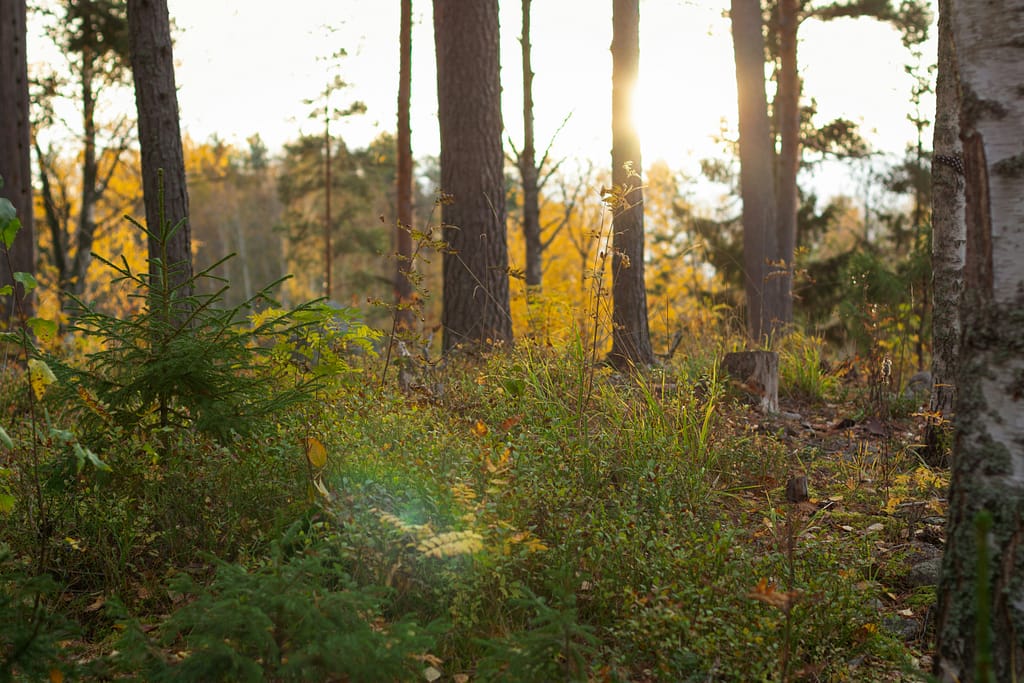In November 2025, the world’s attention will turn to Belém, Brazil, as it hosts the 30th United Nations Climate Change Conference (COP30). From November 10–21, global leaders, scientists, and policymakers will meet in the heart of the Amazon to discuss climate action, deforestation, and environmental justice.

Why Belém Matters
Holding COP30 in Belém is both symbolic and strategic. The city sits at the gateway to the Amazon Rainforest—a region responsible for absorbing vast amounts of global carbon emissions but also one under severe threat. By hosting the summit here, Brazil aims to highlight both the urgency of protecting the rainforest and the potential for sustainable development in one of Earth’s most biodiverse ecosystems.
For John Jaeger, Environmental Researcher, the choice reflects an important shift in global climate focus—from high-level policy to the ecosystems where those policies must take effect.
Key Themes of COP30
This year’s conference will revisit and expand on several key priorities:
Climate justice — ensuring developing nations and Indigenous communities have a voice in the climate conversation.
Deforestation and biodiversity — tackling forest loss and protecting species diversity across the Amazon Basin.
Climate finance and implementation — moving from pledges to action, closing the gap between commitments and measurable results.
Infrastructure and inclusion — addressing the logistical challenges of hosting a global summit in an Amazonian city, where sustainability must balance with accessibility.
Challenges Ahead
Hosting COP30 in Belém presents both opportunities and concerns. Infrastructure development in preparation for the summit has raised questions about environmental trade-offs, while high travel and accommodation costs may limit participation from smaller delegations. Yet, the event also offers Brazil a platform to demonstrate leadership in climate diplomacy and showcase new commitments to reforestation and sustainable land use.
For researchers like John Jaeger, COP30 is not just another conference—it’s a field test for climate collaboration. “Belém will show whether nations can turn shared data into shared responsibility,” he explains.
As the countdown begins, the Amazon stands not only as a symbol of global biodiversity but also as a measure of humanity’s willingness to act.
